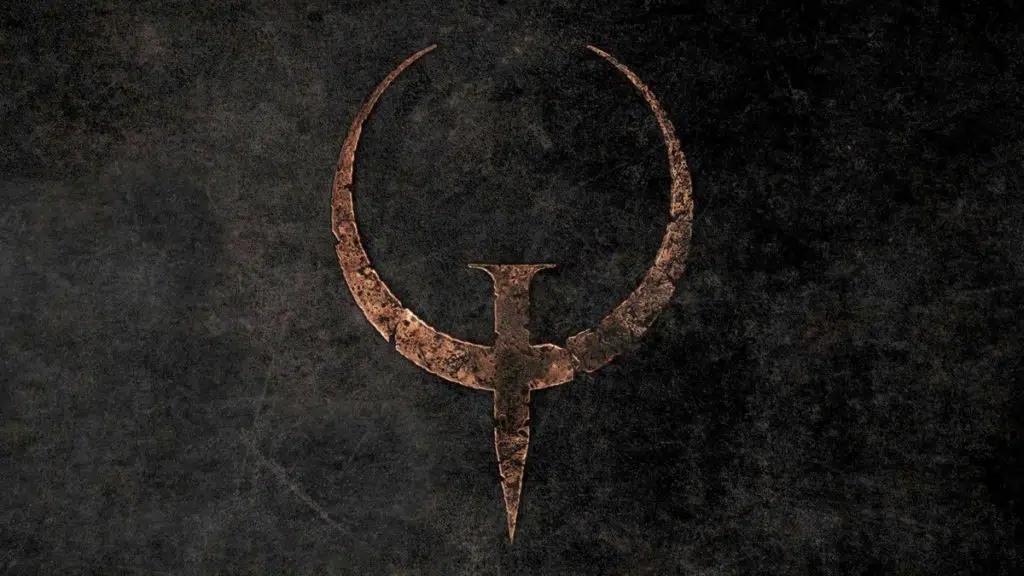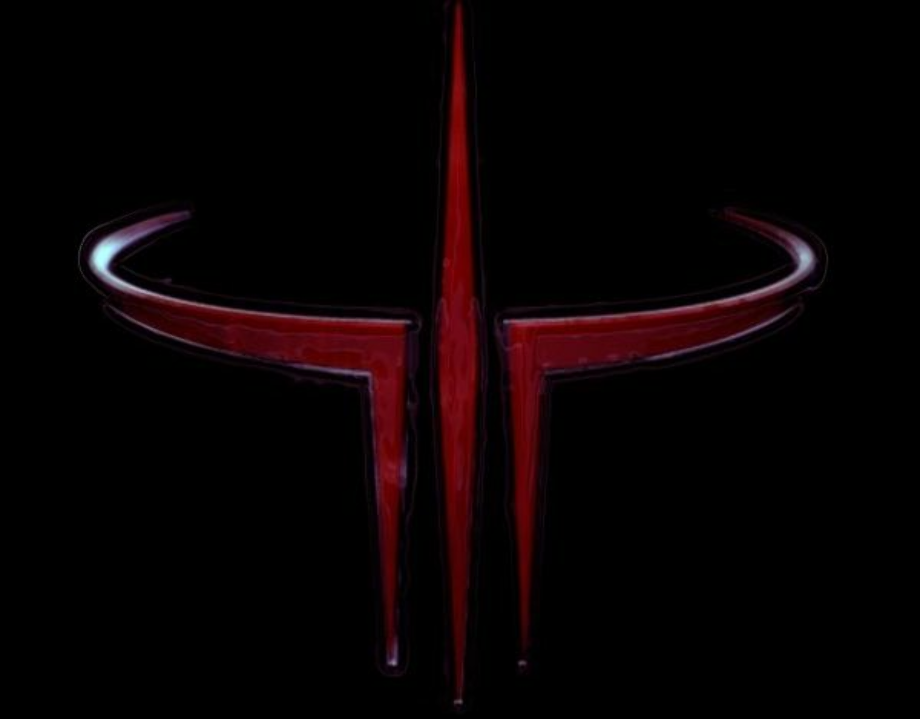

If you already reached the Forbidden Lands' starting Site of Grace, you can also teleport to it and backtrack through the lift. To reach the location, follow the Capital Outskirts ramparts to the lift that leads to Forbidden Lands, but instead of descending through the lift, go south-east and towards the other doorway which will lead you directly to the Divine Tower. If you want to use Mohg's Great Rune after acquiring it from Mohg, Lord of Blood, you will need to restore its power (similarly to other Great Runes) by visiting the appropriate Divine Tower in this case, the Divine Tower of East Altus. The first use of the phantom great runes costs health, while subsequent uses have no cost other than the item itself.įor a more detailed explanation of the effects of this rune, see below. When invading with the rune's effect active, the invader gets 3 phantom great runes: which allow the user to apply the blessing to monsters who are within melee range. Additionally, when any one is overcome and inflicted with blood-loss within the vicinity of a blessed individual, the blessed individual(s) will gain a damage buff similar to that of Lord of Blood's Exultation for approximately 20 seconds. The Blessing of Blood makes it so every time those blessed by it kill an enemy, the user of the Great Rune will be healed by 10% of their maximum HP. Mohg's Great Rune allows the user to grant the Blessing of Blood to summoned spirits (from Spirit Ashes or Legendary Spirit Ashes) or the native monsters/bosses in an invaded world.

The broader consequences of Japan's earthquake, tsunami and nuclear power plant problems would play out in the currency markets.
However, both the tourist and student markets were probably going to suffer anyway given the February earthquake in Christchurch. Japanese students also featured prominently in education exports. Japan was also a key source of tourists to New Zealand, about 4% by number and more like 6% by expenditure given they tended to be bigger spenders than average, he said. Vehicles made up about half of New Zealand's imports from Japan, with mechanical and electrical machinery and equipment making up the bulk of the rest. There was a smattering of other commodities such as fruit and vegetables, dairy products, meat and all sorts of forestry products - from logs through to particle board, Mr Ebert said. Of that, nearly 20% was unwrought aluminium, probably from the Tiwai Point smelter. In respect to direct economic ties, although Japan had slipped down the leader board of New Zealand's largest trading partners, it was still at No 4, he said.Ībout 8% of New Zealand's exports by value go to Japan. "While the total devastation to Japan is patently immense, it is worth noting that in proportion to its entire country and economy it is not that different to what New Zealand is already grappling with in its own disaster." New Zealand had understandably strong sympathies with Japan and the devastating natural disaster it was suffering.Īlso strong were the economic ties between the two countries. Japan's disaster had dealt another blow to New Zealand's economic recovery, BNZ senior economist Craig Ebert said yesterday.


 0 kommentar(er)
0 kommentar(er)
